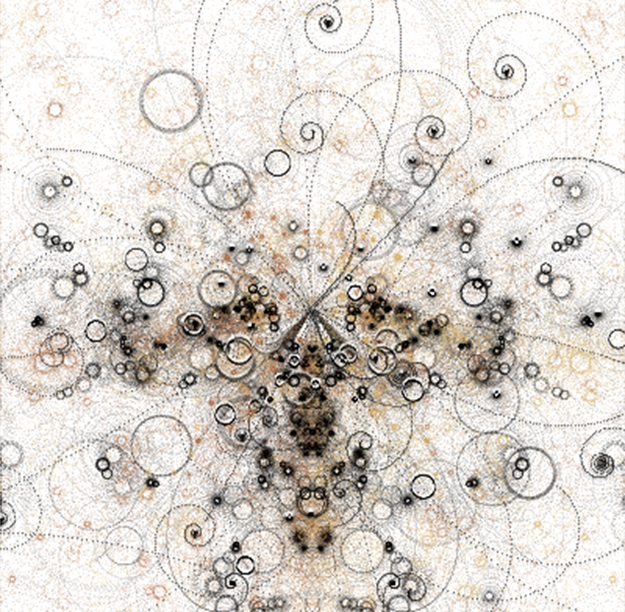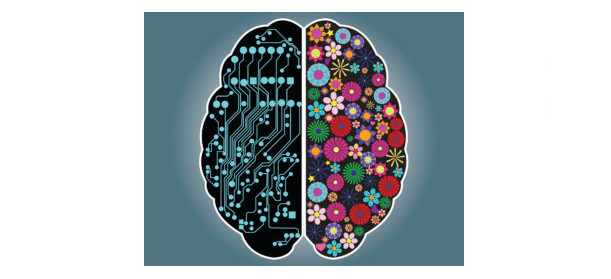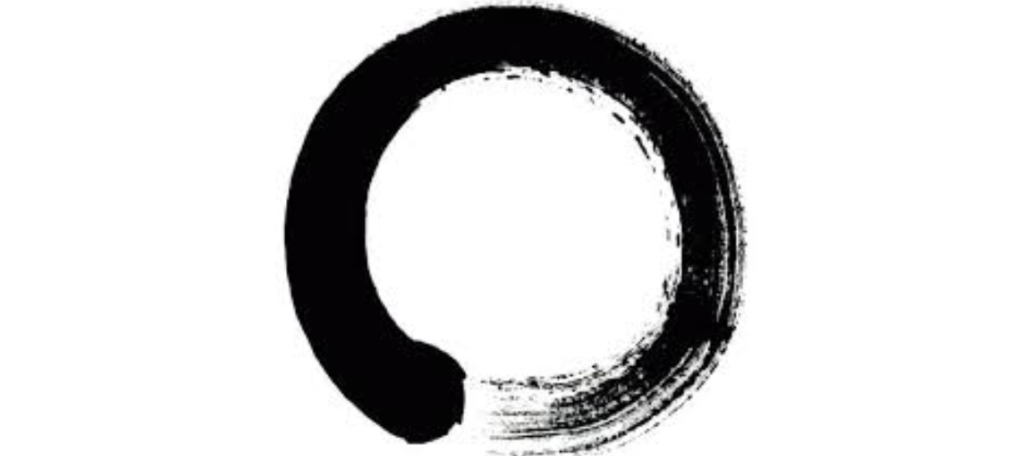My Metaphysics
I wrote this in a break during a recent zen retreat: All is one. This lies at the root of spiritual metaphysics – of the kind i know – and in a sense the story ends there. But let’s unpack it a little. What is the nature of “One” ? Well, One is God, but … Read more







